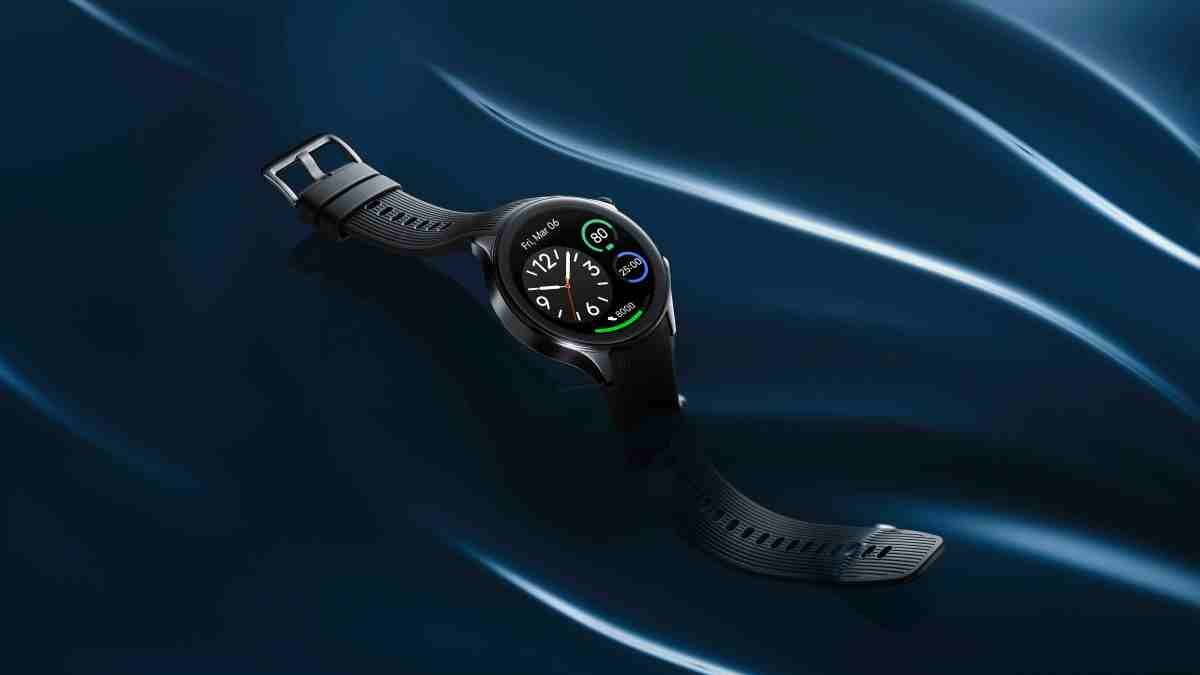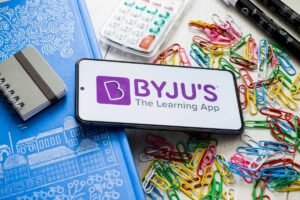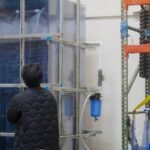Why OnePlus Waited Three Years to Release a New Smartwatch
A OnePlus executive discusses how the company is squeezing 100 hours out of the Watch 2.
“If the device does its job correctly, users won’t notice the shift, beyond the extra battery life it brings.”
The OnePlus Watch 2:
- Capturing media interest this week
- Offering 100 hours of battery life
- Utilizing a clever dual-chip system
- Seamlessly switching from the Snapdragon W5 to the BES 2700 MCU
“The first gen device received lukewarm reviews, leading some to speculate that the Oppo-owned company might have backed out of the watch space altogether. Instead, customer pushback simply sent the company back to the drawing board.”
This morning, ahead of the device’s official unveiling, I sat down with Tuomas Lampen, OnePlus Europe’s head of strategy on a pair of folding chairs outside Google’s MWC booth. In spite of OnePlus’ big news, the company opted out of a booth this year, preferring instead to hold an off-site briefing a day prior to the show’s kickoff. Lampen was, naturally, wearing the Watch 2, gesturing to the device frequently over the course of our conversation.
Read the full article on TechCrunch
“It’s perhaps unfair to classify the device as a clean break from its predecessor. In addition to the lessons learned from the earlier device, the low power element of the hybrid chip design relies on some features designed specifically for the Watch 1. That is to say that the first product wasn’t entirely an evolutionary dead end. Many of its shortcomings could, however, be pinned on the product’s chip and OnePlus’ decision to go with the barebones in-house operating system, Real-Time Operating System (RTOS), rather than Google’s considerably more ubiquitous Wear OS.”
“Community feedback wasn’t great.” He adds, “For me, personally, I didn’t do any fitness tracking or stuff like that. It was a great companion for the phone – notifications and stuff like that. It was pretty simple. You could say that we used the time to talk to our community and figure out how to make a great smartwatch.”
“Community has been a fundamental aspect of OnePlus’ operations since its inception. Forums played an integral role in the development of its early smartphones, with the company soliciting feedback and regularly engaging with its then-small customer base. As organizations grow, however, it becomes increasingly difficult to maintain those sorts of intimate connections. As it added more products and was eventually folded into Oppo, OnePlus faced criticism that it had lost sight of the connections that made the company so unique.”
The OnePlus Watch 2:
- A product of connections with the community
- Wear OS and battery were two of the most requested features
- Presents a balancing act between the two
“According to OnePlus, the second watch has been in the works at least since the first was released. The company apparently didn’t seriously consider exiting the category altogether, in spite of what appear to be disappointing sales. Lampen says he doesn’t know the exact figure, while adding that the company didn’t manufacture as many devices as it could sell, leading to a shortage in certain areas like Europe. One assumes, however, that had the original device garnered the reception the company had hoped for, it would have fired up production to meet that demand.”
“The hybrid chip/OS system was a major contributor to the gap between devices, according to Lampen. ‘Building the dual-engine architecture […] took some time,’ the executive notes. ‘We had to work with Qualcomm and Google engineers to get it working. They had to do modifications on both the Snapdragon chip and even Google had to change something in Wear OS.’
“It’s difficult to say precisely what Google is getting out of the deal, beyond seeing another Wear OS device come to market. If the company’s work with Samsung on a foldable friendly version of Android is any indication, this could point to future Wear OS devices utilizing a similar hybrid approach to eke out as much battery life as possible. Lampen interjects, ‘I’m sure we filed a bunch of patents [pertaining to the dual-architecture engine],’ suggesting that such technology could remain proprietary for some time.”
“Unsurprisingly, the executive didn’t speculate about its possible future outside of OnePlus’ own devices. The new technology also means a significantly higher price tag. At $299, Watch 2 is nearly double its predecessor’s $160 starting price. Lampen refers to the new product as a ‘flagship device,’ owing to both functionality and a price point that puts it more in line with the Samsungs and Apples of the world. ‘Flagship’ also seems to imply the future arrival of a lower cost version, though, again, the executive predictably wouldn’t speculate on the matter.”








